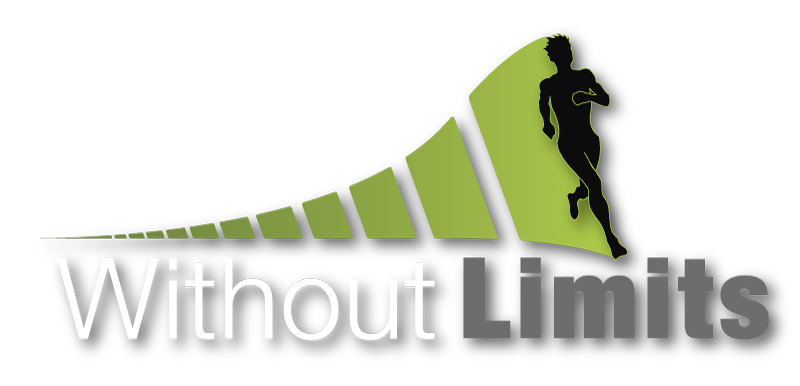This post addresses the first section of the course in which we discuss selecting the research topic and developing a hypothesis. The final component of this section is a writing assignment that will eventually become the Introduction to the course's final paper.
The first two weeks of the course focus on research statements and hypotheses. As mentioned in the last post, students are pushed to select a research topic in the first week which is refined in the second. In the second week of classes, we went from a broad topic noted in the last post, to a clear, focused, and specific research question accompanied by a hypothesis grounded in basic economic theory and a strong rationale for the question. Students presented their work in Assignment #1. The rubric for Assignment #1 is here.
Class discussions of clear, focused, and specific research questions and corresponding hypotheses and rationales are summarized in my PowerPoint slides found here:
Lecture 3
Lecture 4
I implement several in-class worksheets to encourage deliberate thinking about Assignment #1 (found in the PPTs) and familiarize students with the grading rubric by having them peer review the drafts of two other students' Assignment #1. Additionally, I share a few introductions from papers I authored so that students can see examples of a final product.
The largest challenge is communicating economics principles in a course without an economics prerequisite. Since methods is the focus of the course, I cannot spend an inordinate amount of time on the principles. I am keeping it simple by introducing the principles they will apply in their research papers: scarcity, opportunity cost, making decisions at the margin, and response to incentives. Next, I introduce students to the economic way of thinking about policy by reading selected chapters from Hazlitt's Economics in One Lesson. Students are given discussion questions to guide their reading and we have a lively class discussion lasting about 30 minutes on the reading. Finally, to avoid the common reaction of recommending throwing government (our) money at any problem, throughout the semester we are reading chapters from Chris Coyne's Doing Bad by Doing Good. This book highlights the importance of thinking beyond the first stage of aid (and the dangers of not doing so), considering the seen and the unseen, and addressing policy making from an economic perspective. Class discussions accompany these assigned chapters.
Take aways:
1) I will likely adopt a modified approach of this course in my econometrics course, particularly the deliberate discussion and development of the research question and hypothesis. After one assignment, my INQ 260 students are proving to be better than the typical senior in my econometrics course with respect to the issues covered in Assignment #1 despite being on average less experienced writers and economists. I have incorrectly been relying on prior courses to cover the details of good writing and research.
2) The chemistry of the class is great. Students ask questions, work with each other, focus on in-class assignments, and by all appearances seem to enjoy the topic, each other, and the course.
In the next post I will cover the next section of the course: The Literature Review
Happy writing,






































